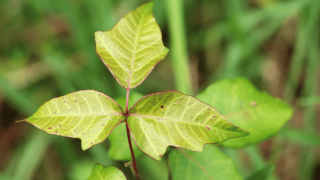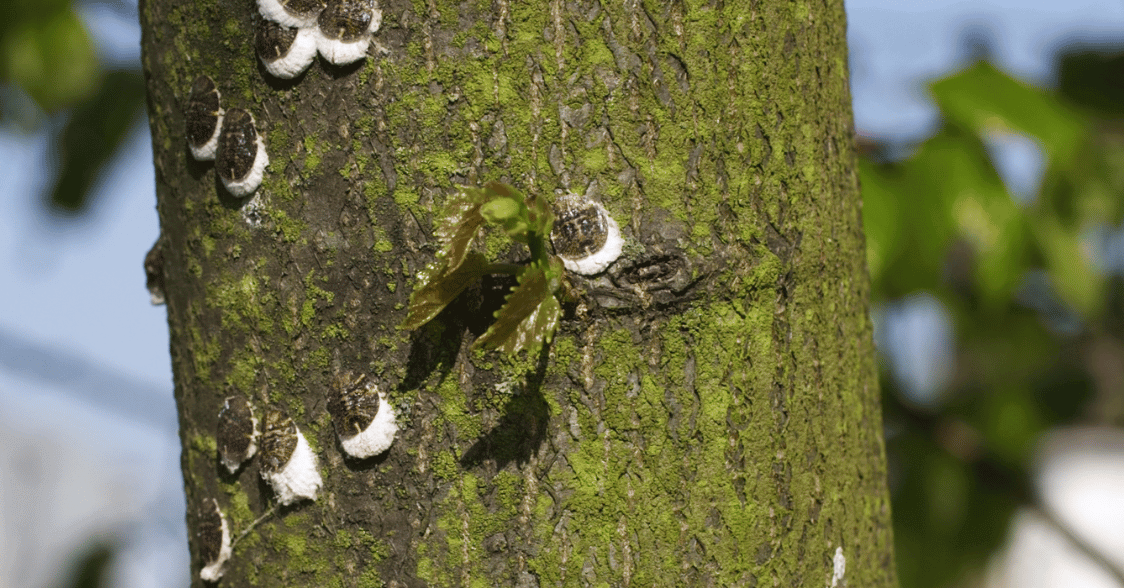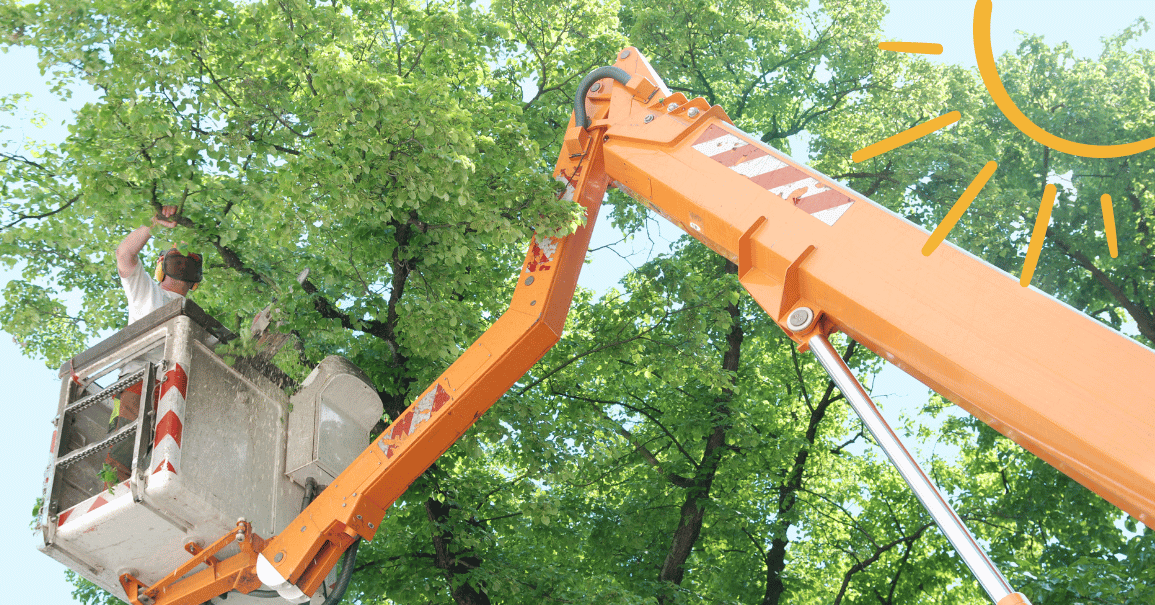Poison ivy is tricky. It hides among your garden plants. It spreads fast. And it causes rashes. But you don’t want to hurt your flowers, shrubs, or trees while removing it.
Here’s how to get rid of poison ivy without killing other plants.
Identification and Preparation
Poison ivy is sneaky, but there are a few simple ways to spot it before it causes trouble. Look for a three-leafed plant, often shiny, with pointed tips. It can grow as a ground cover, a shrub, or even a climbing vine wrapping around trees or fences. The official name is Toxicodendron radicans, and it changes with the seasons—green in spring and summer, red or orange in the fall. It may also produce small flowers, berries, and fuzzy stems. Every part of the plant—leaves, stems, roots, even dead vines—contains urushiol, a toxic resin that causes an itchy rash in most people.
Before you try to remove poison ivy, it’s important to assess how much of it is growing and where. A small patch might be easy to remove by hand, while a larger area may need more time or professional help. Either way, preparation is key. Wear long sleeves, long pants, gloves, and goggles to protect your skin and eyes. Choose protective clothing you don’t mind washing separately—or throwing away if needed. You’ll also need basic garden tools like pruners or a trowel. Never toss poison ivy in your compost bin. Instead, bag it tightly for safe disposal. Taking a few precautions now can help you remove poison ivy without the regret of a painful rash later.
Managing Large Infestations
When poison ivy takes over large areas, it’s no longer a simple backyard task. Trying to eradicate large swaths by hand can spread the problem or leave parts of the root system behind. That’s why land managers and homeowners often turn to more aggressive methods. Some choose biological control, like hiring goat rental companies.
Goats love poison ivy and can clear thick growth without chemicals. Others lay down cardboard or newspaper with mulch on top to block sunlight and smother the plants. If the infestation is deep-rooted, chemical treatments might be needed, but always use them carefully to avoid harming nearby plants. In these cases, calling a professional tree service company can make all the difference.
They know how to target poison ivy without damaging the rest of your landscape. Whether you're using natural predators or professional help, the key is understanding the size of the problem and acting before it spreads further.
Manual Removal Techniques
Manual removal is one of the most effective ways to get rid of poison ivy without harming nearby plants. Start by identifying the vines and tracing them back to their roots. Wear gloves and long sleeves to protect your skin from urushiol, the oil that causes rashes. Use pruners or shears to cut the vines at the base. Then, use a shovel, hoe, or trowel to dig out the roots carefully. The goal is to get as much of the root system as possible, since even a small piece left behind can regrow.
Place all removed vines, roots, and branches into heavy-duty plastic bags. Don’t compost the debris. After removal, you can pour boiling water over the area to kill any remaining root fragments. Finally, apply mulch to suppress new growth and reduce the chance of the ivy coming back.
Natural and Homemade Remedies
Natural and homemade remedies can be a simple way to deal with poison ivy if you want to avoid chemicals. One of the easiest methods is pouring boiling water directly on the plant’s base. It can kill roots, but you’ll need to be careful not to splash nearby plants. Another option is a homemade herbicide made from white vinegar, salt, and a bit of dish soap. Spray it only on the poison ivy, since it can dry out anything it touches. If you prefer gentler treatments, some people use essential oils like clove oil, peppermint oil, or tea tree oil mixed with water.
These don’t kill poison ivy overnight, but they can weaken it over time. You can also try baking soda mixed into a paste and applied to the leaves, though this works best on small patches. For large areas, smothering the plant with cardboard and mulch might be better. And believe it or not, goats can help too—they eat the leaves and vines, keeping it from spreading.
Selective Chemical Control
Selective chemical control can be an effective way to get rid of poison ivy without harming your garden plants, but it must be done carefully. The goal is to use a selective herbicide that targets poison ivy specifically, while limiting damage to nearby plants.
Products with glyphosate can work, but only if applied directly to the leaves using a top-down application method. Spray only the poison ivy—never on windy days—and shield other plants with cardboard if needed. Using the right herbicide concentration is key. Too much can cause runoff and hurt the soil or nearby roots. Too little won’t kill the plant.
Some people try a homemade herbicide, but these can still affect other plants if not applied with care. If you’re concerned about the environmental impact, consider using biological control methods like encouraging natural predators, but this takes time and doesn’t guarantee full removal. Selective spraying gives faster results—just go slow, aim well, and protect your garden as you go.
Post-Removal Safety and Cleanup
After removing poison ivy, cleanup is just as important as the removal itself. The toxic oils, known as urushiol, can stick to your skin, clothes, gardening tools, and even animal hair. To avoid spreading the rash, start by carefully placing all plant material into heavy-duty bags—never toss it in the compost or burn it. Wash your tools with a degreaser or rubbing alcohol to break down the urushiol. For your clothes, wear long clothing when handling them and wash everything separately in hot water. Use cool water and soap on your skin right away, or apply rubbing alcohol or vinegar to help remove any lingering oil. Don’t forget to check pets—urushiol can hide in their fur and cause trouble later.
Final Thoughts
Learning how to get rid of poison ivy without killing other plants is all about patience and precision.
Poison ivy—Toxicodendron radicans—can sneak into flower beds, climb trees, and take over fences. Its toxic resin, urushiol, causes itchy rashes, and it hides in leaves, stems, and even roots. But with the right approach, you can remove it safely. Identify the three-leafed plant. Use protective clothing like gloves and long sleeves.
Avoid spreading the oil by carefully disposing of plant debris. Try natural methods like boiling water or vinegar, or smother the roots with cardboard and mulch. If it's a big infestation, don't risk it.
Strobert Tree Services has certified arborists who know how to manage poison ivy without harming your garden plants. We handle everything—from vines and roots to careful cleanup—so your yard stays healthy and safe.
Call us at 1-800-TREE SERVICE.











